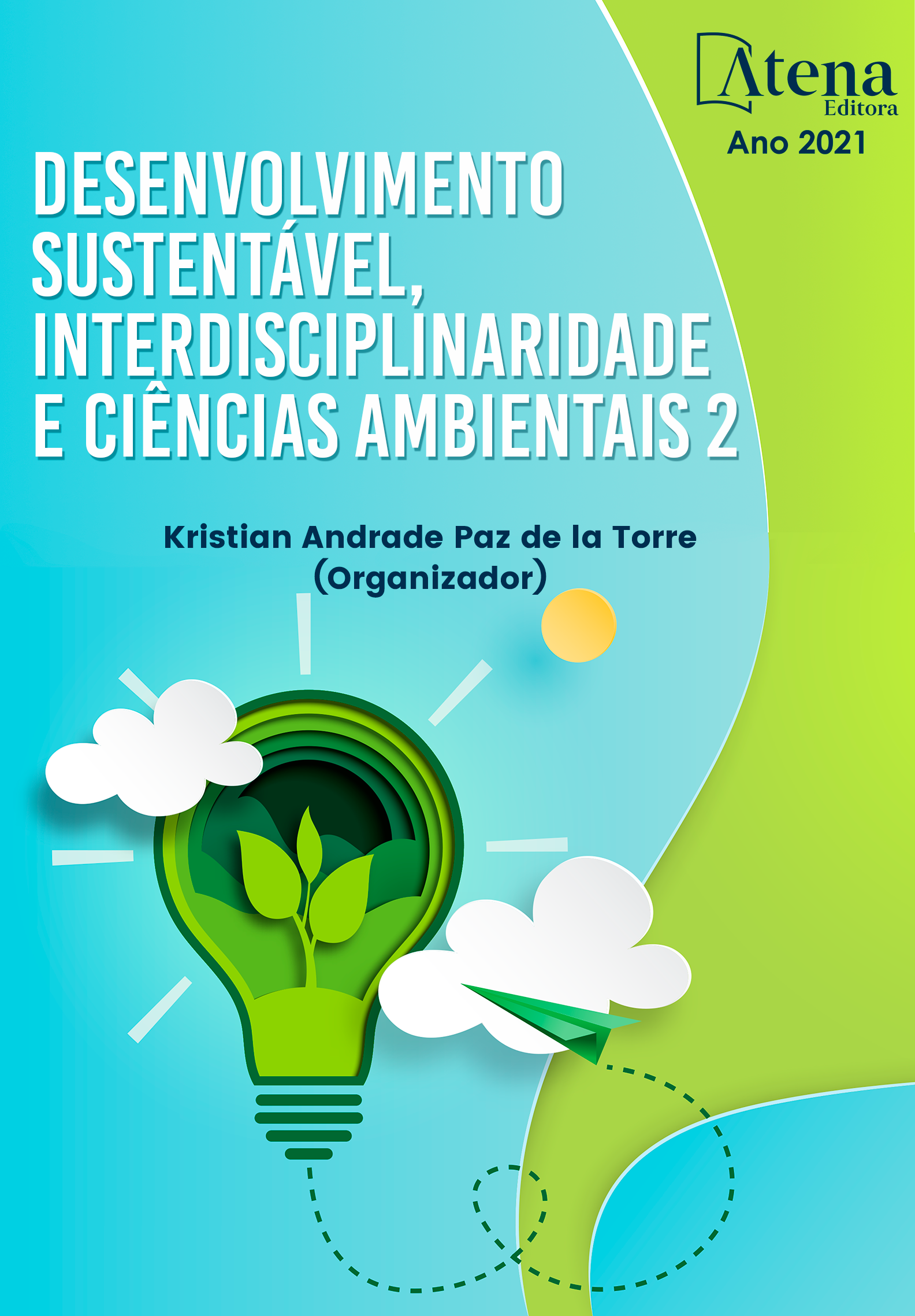
Aquaponics by (Nutrient Film Technique) NFT as a profitable option for the cultivation of Tilapia Oreochromis niloticus and Sweet Cucumber Solanum muricatum
El objetivo fue determinar la acuaponía por (Nutrient Film Technique) NFT como opción rentable para el cultivo de Tilapia Oreochromis niloticus y Pepino dulce Solanum muricatumel, que genere rentabilidad económica en Tacna. Investigación tipo aplicada y experimental con cuatro tratamientos: T1=90 peces/30 plantones, T2=60 peces/30plantones, T3=30 peces/30 plantones y un grupo de control T4=30 plantones con sustancia nutritiva hidropónico. Resultados obtenidos con ANOVA y estadístico de SPSS, contrastando hipótesis con prueba de subconjuntos homogéneos de Tukey, con α = 0.05, obteniéndose una media de 84.05 cm la talla en T1, 83.73 cm en T2, 83,2 cm en T3 y 84.5 cm en T4; en el caso de la biomasa de los frutos fue de 168.16 g en T1, 135,2 g en T2, cero en T3 y 190,1 g en T4, la longitud de raíces máximo 36,6 cm. Calidad de agua evaluado con multiparámetro modelo HI 9829 marca HANNA, los resultados indican rango comprendido aceptable para la tilapia y cultivo de pepino dulce, siendo la T° 25.6 °C, Amoniaco NH3 (mgL-1) y Nitrito NO2 (mgL-1)es <1, Nitrato NO3 (mgL-1) >10-<300, el Oxígeno O2 5 (mgL-1), sulfatos SO₄²- 82.7 ( mgL-1), Cloruros Cl- 69.83 ( mgL-1) y Bicarbonatos HCO3- 108.14( mgL-1). Se ha obtenido 47,42 Kg de biomasa de tilapia con el experimento; punto de equilibro para implementar producción es 733.25 kg de pepino y 79 kilos de biomas de tilapia, para una escala de producción de 1000 m2 el sistema acuapónico sería rentable con un VAN de S/. 10,290 y una TIR del 15%. Concluyéndose que la mejor opción es el T1, porque P calculado en pesos de los frutos es 0,056 mayor al α = 0.05. Se ratifica con el número de frutos donde el T1 y T4 muestra un P calculado de 0,78.
Aquaponics by (Nutrient Film Technique) NFT as a profitable option for the cultivation of Tilapia Oreochromis niloticus and Sweet Cucumber Solanum muricatum
-
DOI: 10.22533/at.ed.69121130417
-
Palavras-chave: Acuaponía, biomasa y rentabilidad
-
Keywords: Aquaponics, biomass and profitability
-
Abstract:
The objective was to determine aquaponics by (Nutrient Film Technique) NFT as a profitable option for the cultivation of Tilapia Oreochromis niloticus and Sweet Cucumber Solanum muricatumel, which generates economic profitability in Tacna. Type applied and experimental research with four treatments: T1 = 90 fish / 30 seedlings, T2 = 60 fish / 30 seedlings, T3 = 30 fish / 30 seedlings and a control group T4 = 30 seedlings with hydroponic nutrient substance. Results obtained with ANOVA and SPSS statistics, contrasting hypotheses with Tukey's test of homogeneous subsets, with α = 0.05, obtaining an average of 84.05 cm in height in T1, 83.73 cm in T2, 83.2 cm in T3 and 84.5 cm in T4; in the case of the biomass of the fruits it was 168.16 g in T1, 135.2 g in T2, zero in T3 and 190.1 g in T4, the maximum root length 36.6 cm. Water quality evaluated with multiparameter model HI 9829 brand HANNA, the results indicate an acceptable range for tilapia and sweet cucumber cultivation, being the T ° 25.6 ° C, Ammonia NH3 (mgL-1) and Nitrite NO2 (mgL-1) is <1, Nitrate NO3 (mgL-1)> 10- <300, Oxygen O2 5 (mgL-1), Sulfates SO₄²- 82.7 (mgL-1), Chlorides Cl- 69.83 (mgL-1) and Bicarbonates HCO3- 108.14 (mgL-1). 47.42 Kg of tilapia biomass has been obtained with the experiment; The equilibrium point to implement production is 733.25 kg of cucumber and 79 kilos of tilapia biomes, for a production scale of 1000 m2 the aquaponic system would be profitable with a NPV of S /. 10,290 and an IRR of 15%. Concluding that the best option is T1, because P calculated in fruit weights is 0.056 greater than α = 0.05. It is ratified with the number of fruits where T1 and T4 show a calculated P of 0.78.
-
Número de páginas: 15
- Isabel del Carmen Espinoza Reynoso
- Mario Román Flores Roque
- Lucilda Stefani Herrera Maquera
- Brígida Dionicia Huallpa Quispe
- Alfredo Maquera Maquera
- Giovanna Verónica Guevara Cancho
- Walter Merma Cruz
- LUCY GORETTI HUALLPA QUISPE


